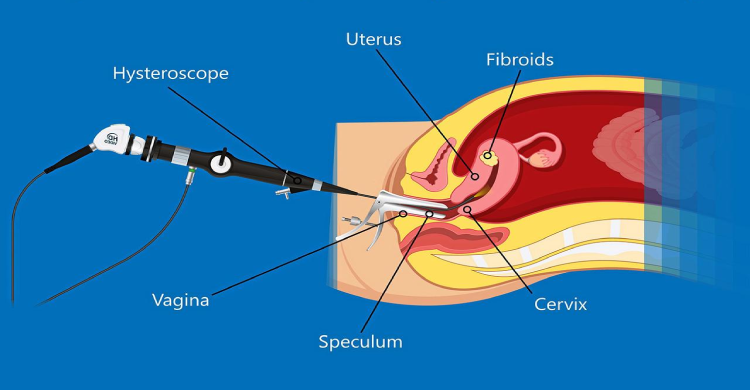Myomectomy
What is Myomectomy?
Uterine fibroids, also known as leiomyomas, are surgically removed in a process termed a myomectomy. These common benign tumours develop in the uterus. Although they can happen at any age, uterine fibroids often form during the years of childbirth. The purpose of a myomectomy is to remove fibroids that are causing symptoms while reconstructing the uterus. A myomectomy, as opposed to a hysterectomy, keeps your uterus intact while simply removing the fibroids. Myomectomy patients experience fewer fibroid symptoms, such as pelvic discomfort and heavy menstrual flow, after surgery.

Why is a Myomectomy Performed?
If you have fibroids that are uncomfortable or interfere with your daily tasks, your doctor may advise a myomectomy. If you require surgery for uterine fibroids, there are several reasons to select a myomectomy rather than a hysterectomy like:
- You want to have kids.
- Uterine fibroids may be affecting your fertility, according to your doctor.
- You desire to retain your uterus.
How to prepare for a Myomectomy?
Your doctor can recommend medication to you before to surgery to help your fibroids shrink and become simpler to remove. Ask any questions you may have regarding the operation and the preparatory process when you meet with your doctor to discuss it. A myomectomy may require you to stop taking some drugs. Tell your doctor about all of your prescription and over-the-counter drugs, as well as any vitamins or supplements you use. Find out from your doctor the medications you need to stop taking before surgery and how long you need to do so. To ensure that you are healthy enough for surgery, you may require testing. Based on your risk factors, your doctor will select which tests you require. You might be asked to take blood tests, electrocardiogram, MRI scan, or a pelvic ultrasound.
How is a Myomectomy Performed?
1. Abdominal Myomectomy: In order to reach your uterus and remove fibroids, your surgeon creates an open abdominal incision during an abdominal myomectomy (laparotomy). If feasible, your doctor will make an incision along the “bikini line,” which is low
2. Laparoscopic Myomectomy: A tiny incision is made by your surgeon in or around your abdominal button. A laparoscope, a little tube with a camera attached to one end, is then inserted into your belly. With the use of equipment placed through smaller abdominal wall incisions, your surgeon executes the procedure.
3. Robotic Myomectomy: Small incisions identical to those used in a laparoscopic myomectomy are used to enter the tools, which are subsequently moved by your surgeon using a separate console. Laparoscopic and robotic myomectomies with a single port (one incision) are currently being carried out by certain doctors.
4. Hysteroscopic Myomectomy: Your doctor may advise a hysteroscopic myomectomy to treat submucosal fibroids, which are tiny fibroids that considerably protrude into your uterus. By inserting tools via your cervix and vagina into your uterus, your surgeon can reach and remove the fibroids.
How is the recovery after a Myomectomy?
Following your procedure, you’ll experience some pain. Medication might be prescribed by your doctor to ease your discomfort. Spotting will also last for a few days to a few weeks. You shouldn’t lift anything heavy or engage in intense exercise until all of your wounds have healed. You’ll be informed by your doctor when you may resume these activities.
Consulting hospital
Women's Care Clinic
- C/O Dr. Sonal Bhangale, SHOP NO 512, OPD 209, plot no 47, D Mart Rd, Sector 15, Kharghar, Navi Mumbai, Maharashtra 410210
Alpha One Hospital
- Alphaone Hospital, Kharghar 410210.
